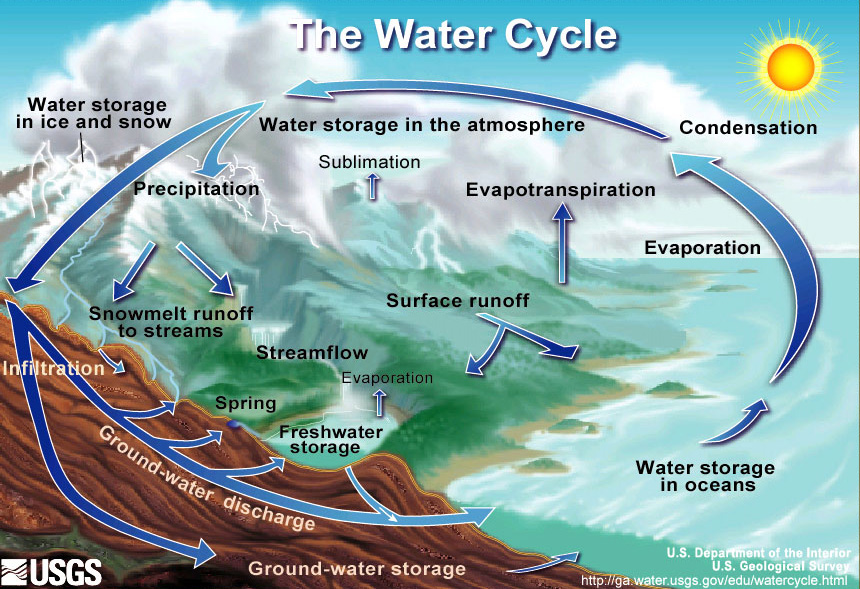Fossil fuel power stations have rotating machinery to convert the heat energy of combustion into mechanical energy, which then operates an electrical generator. The prime mover may be a steam turbine, a gas turbine or, in small plants, a reciprocating internal combustion engine. All plants use the energy extracted from expanding gas - steam or combustion gases. Very few MHD generators have been built which directly convert the energy of moving hot gas into electricity.
Byproducts of thermal power plant operation must be considered in their design and operation. Waste heat energy, which remains due to the finite efficiency of the Carnot, Rankine, or Diesel power cycle, is released directly to the atmosphere, directly to river or lake water, or indirectly to the atmosphere using a cooling tower with river or lake water used as a cooling medium. The flue gas from combustion of the fossil fuels is discharged to the air. This gas contains carbon dioxide, water vapour, as well as substances such as nitrogen oxides (NOx), sulfur oxides (SOx), mercury, traces of other metals, and, for coal-fired plants, fly ash. Solid waste ash from coal-fired boilers must also be removed. Some coal ash can be recycled for building materials.[2]
Fossil fueled power stations are major emitters of CO2, a greenhouse gas (GHG) which according to a consensus opinion of scientific organisations is a contributor to global warming as it has been observed over the last 100 years. Brown coal emits about 3 times as much CO2 as natural gas, and black coal emits about twice as much CO2 per unit of electric energy.[citation needed] Carbon capture and storage of emissions is not expected to be available until governmental regulations force big polluters to reduce or eliminate their CO2 emissions








